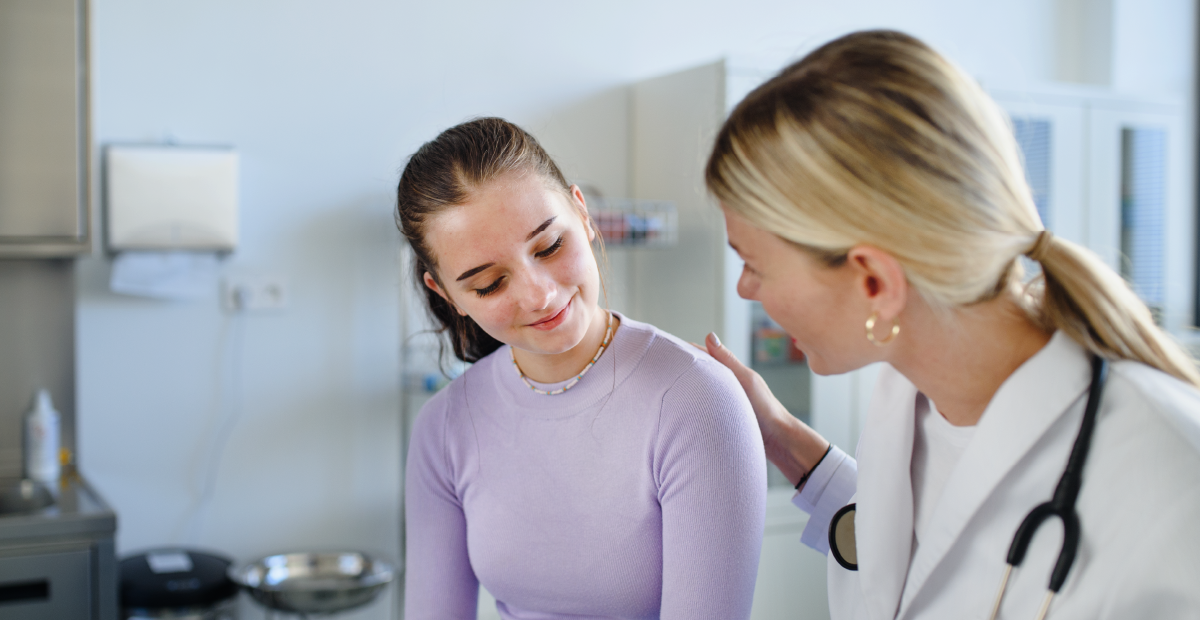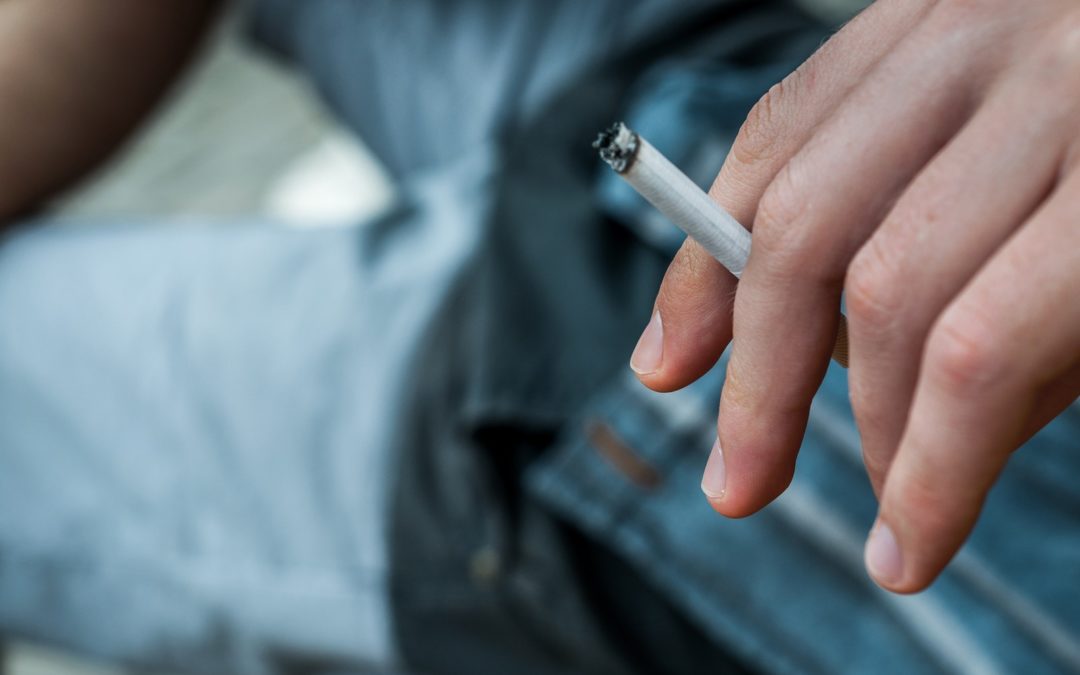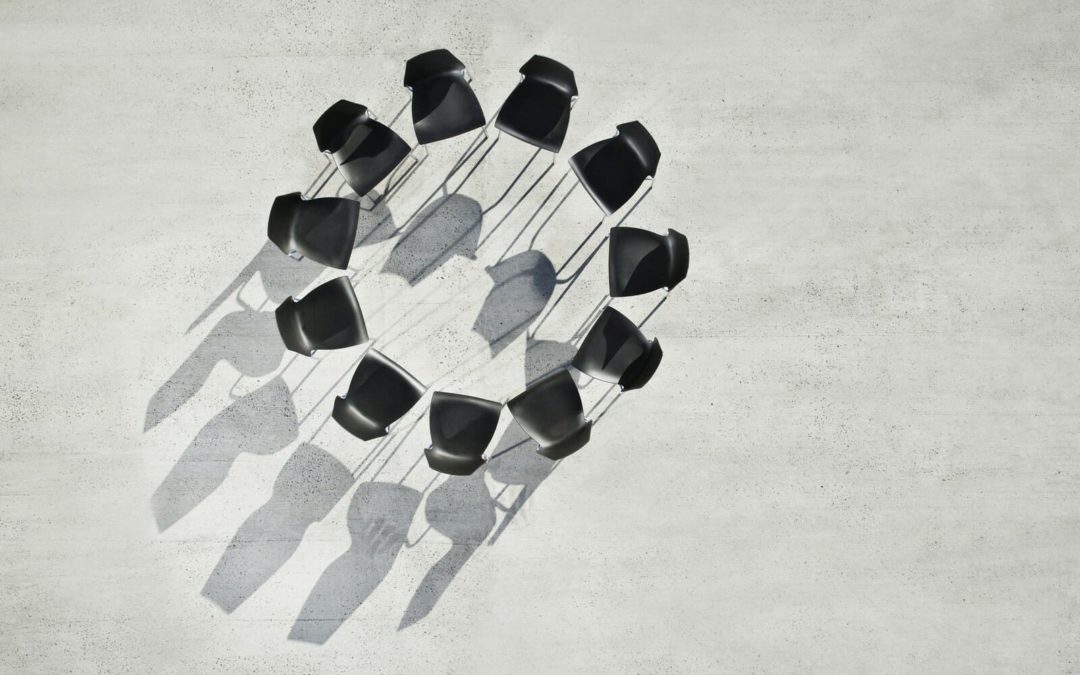Table of Contents
Nearly 3% of teens have bipolar disorder, and symptoms most often begin to occur between the ages of 15 and 20, although many teens as young as 12 struggle. Early recognition and diagnosis can significantly reduce the risk of substance abuse, self-harm, and suicide [1].
Read on to understand what bipolar disorder is, what it looks like in teens, and the benefits of early diagnosis and treatment.
What Is Bipolar Spectrum Disorder?
Bipolar disorder (formerly referred to as manic depression) is a mental health disorder that causes teens to experience episodes of mania and depression. This often causes severe, noticeable symptoms such as racing thoughts, impulsive or reckless behavior, and mood swings.
Diagnosis in teens can be tricky because many of these behaviors can mimic typical signs of teenage development, or other mental health disorders. However, bipolar disorder has a specific set of criteria, and the diagnostic process looks at symptoms, behavioral patterns, relationships, and underlying contributors such as genetics or home environment [1].
Bipolar disorder exists on a spectrum, and there are several types. These include:
Bipolar 1 Disorder:
- At least one manic episode in your life for at least a week, with or without ever experiencing a depressive episode.
- Manic episode is characterized by:
- Abnormally elevated, expansive, or irritable mood.
- Increased goal-directed activity or energy.
- At least 3 of the following:
- Inflated sense of self-esteem.
- Decreased need for sleep.
- More talkative than usual.
- Trouble focusing, easily distracted.
- Racing thoughts, irritability.
- Risky or reckless behaviors.
- Symptoms cause significant impairment or require hospitalization.
- May have hypomanic or major depressive episodes, but this is not a criteria for diagnosis.
Bipolar 2:
- At least one hypomanic episode (less intense than a manic episode).
- At least one major depressive episode.
- No history of manic episodes.
Cyclothymia:
- Hypomanic and depressive symptoms for at least 2 years
- Symptoms don’t meet the full criteria of bipolar 1 or 2
- Rapid cycling between episodes, often four or more in a period of a year
Signs of Bipolar Disorder in Adolescence
Bipolar disorder can manifest as a range of symptoms and may present as other mental health challenges. Not every sign on this list means a teen has bipolar disorder. However, if their symptoms are intense and are interrupting their daily functioning, consider speaking with a mental health professional. Teens present with signs of mania, depression, or a mix of both.
Teens with bipolar disorder experiencing a manic episode may:
- Exhibit intense happiness, giddiness, or silliness for long periods of time, even during moments when it’s not appropriate.
- Extremely irritable and have a short temper. Teenage boys with bipolar disorder often struggle with violence, aggression, and peer conflict.
- Talk fast about many different topics that are hard to follow or have a logical flow.
- Struggle with insomnia and restlessness at night.
- Trouble focusing in school, racing thoughts, inability to sit still in class.
- Involved in pleasurable but risky activities.
- Inflated sense of self, knowledge, power, or ability.
Teens with bipolar disorder experiencing a depressive episode may have:
- Frequent, intense, unprovoked sadness or hopelessness.
- Increased anger, irritability, or hostility.
- Trouble focusing in school, lack of motivation, and social withdrawal.
- Excessive sleeping, daytime sleepiness, and mental fatigue.
- Frequent physical pain (headaches, stomachaches).
How Specialists Diagnose Bipolar Disorder in Teens
The goal is to understand the intensity of symptoms, behavioral patterns, and impulsivity. Clinicians may also interview adults in their teens life or observe teens across multiple settings (at home, in the classroom).
During the screening process, a mental health care provider conducts detailed interviews and asks questions about your teen’s mood, behaviors, energy, and sleeping patterns. The clinician also uses the standardized screening tools and the official diagnostic manual (DSM-5) to rule out other mental health conditions that resemble bipolar disorder. They will also take a detailed medical history to understand any medical conditions in the family.
Bipolar disorder often resembles several other disorders, such as ADHD, disruptive mood dysregulation disorder, oppositional defiant disorder (ODD), and personality disorders. This is why it’s important to find a mental health provider who specializes in bipolar disorder in teens and can provide an accurate evaluation and diagnosis.
Next Steps: Life After Bipolar Screening
Early testing and a comprehensive assessment lead to more accurate and personalized treatment planning. Treatment for bipolar disorder in teens is often a combination of medication, therapy, lifestyle changes, and social support.
- Medication: Mood stabilizers, antipsychotics, or antidepressants are often used to control mood swings and manage other symptoms.
- Family Therapy: This can focus on stabilizing behaviors in the home, building routine, managing crises, and improving communication.
- Lifestyle Changes: Routines for sleep, exercise, diet, and stress management support mood stability in teens and lower the frequency of episodes.
- Inpatient Residential Treatment: Used when intensive support or stabilization is needed, particularly if teens are struggling with suicidal thoughts, substance abuse, self-harm, or other dangerous behaviors.
The Benefits of Early Diagnosis for Teens with Bipolar Disorder
Early intervention for bipolar disorder has been shown to clinically reduce the risk of severe symptoms and rates of suicide, which are higher in bipolar individuals than in other mental health disorders. Some of the other benefits of early diagnosis and intervention include [2][3]:
- Improves long-term treatment outcomes by 20% to 30%.
- Reduces hospitalization rates by nearly 20%, especially for manic episodes.
- Decreases the risk of substance abuse and co-occurring psychiatric disorders, which are common with delayed diagnosis.
- Better social functioning and better emotional well-being in adulthood.
- Around 23% of high-risk teens for bipolar disorder end up developing it by age 21, highlighting the need for early recognition and prompt treatment.
Comprehensive Teen Mood Disorder Treatment at Clearfork Academy
Clearfork Academy is a network of behavioral health facilities in Texas committed to helping teens recover from behavioral addictions, substance abuse, and mental health disorders. Our licensed and accredited facilities are dedicated to providing comprehensive, evidence-based care and education for parents and caregivers of youth.
We provide evidence-based therapies, medication management, and social supports to teens recovering from mood disorders such as bipolar disorder and major depressive disorder (MDD).
If your teen is struggling with mood swings, impulsivity, or episodes of psychosis, contact our admissions team today for immediate support.
Sources
[1] Bipolar Disorder in Children and Teens. 2023. National Institute of Mental Health.
[2] Harjani, M., et al. (2024). “EARLY DETECTION OF BIPOLAR DISORDERS AND TREATMENT RECOMMENDATIONS FOR HELP-SEEKING ADOLESCENTS AND YOUNG ADULTS: FINDINGS OF THE EARLY DETECTION AND INTERVENTION CENTER”. Journal of Population Therapeutics and Clinical Pharmacology, 31(10), 748-756.
[3] Pfennig, A. (2021). Early detection of bipolar disorders and treatment recommendations for help-seeking adolescents and young adults: Findings of the Early Detection and Intervention Center Dresden. International journal of bipolar disorders, 9(1), 23.

Renee Hunnicutt, LCSW-S
Director of Clinical Services
Renee Hunnicutt, LCSW-S is a licensed, trauma-informed clinical social worker and seasoned supervisor, currently serving as the Director of Clinical Services at a residential treatment center specializing in substance use disorders and co-occurring mental health. With advanced training in EMDR, CBT, TF-CBT, TBRI, and IASIS microcurrent neurofeedback, she brings a comprehensive and integrative approach to trauma and behavioral health/substance use treatment.
A passionate, driven, and results-oriented professional, Renee is recognized for cultivating meaningful therapeutic relationships, fostering team collaboration, and consistently exceeding clinical and organizational goals. Whether working independently or leading interdisciplinary teams, she thrives in dynamic environments and is deeply committed to driving positive change and improving outcomes for individuals and communities alike.
Education:
Master of Legal Studies, Pepperdine University: Caruso School of Law- 2022
Master of Social Work, Texas State University- 2018
Bachelor of Social Work, Texas A&M University- 2016




